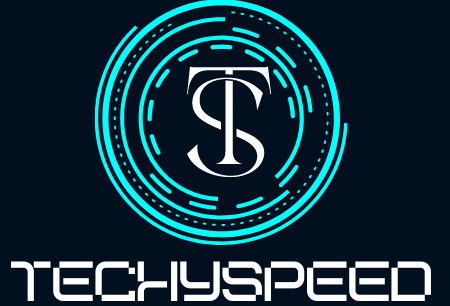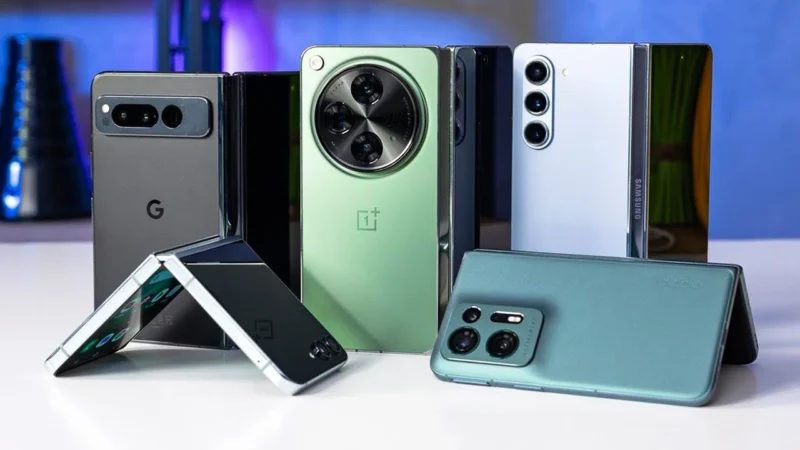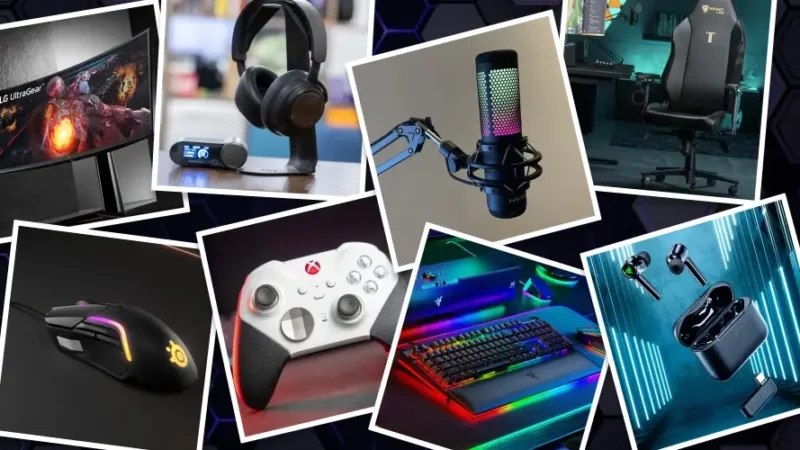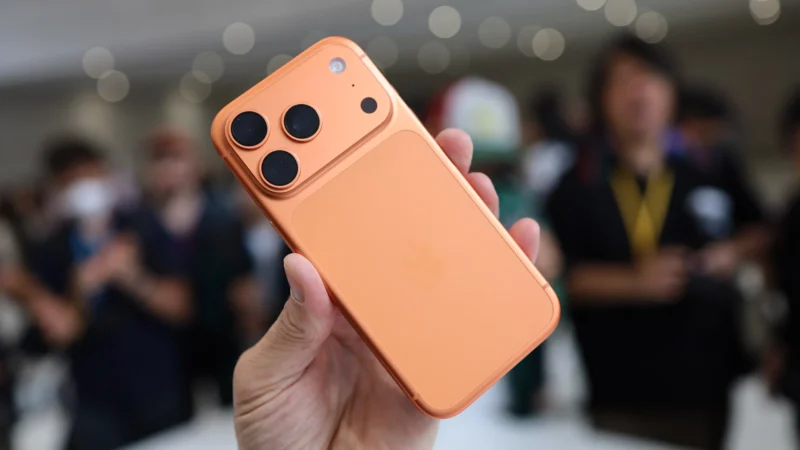Apple Vision Pro 2 vs Meta Quest 4: Which VR Headset Wins in 2025?
The VR and spatial computing space is evolving rapidly. With Apple expected to launch Vision Pro 2 later in 2025 (or early 2026) and Meta’s long-anticipated Quest 4 in development, tech fans, professionals, and gamers alike want to know: which headset will deliver the better experience? In this article, we compare what’s known so far rumors, leaks, confirmed specs where available and evaluate the trade-offs. We’ll also explore which device is likely to win in different use cases.
Because many details are speculative, this comparison is based on the latest credible reports, leaks, and industry expectations as of mid-2025.
What We Know: Specs & Features (Rumored & Confirmed)
Apple Vision Pro (Baseline)
Before looking at the next generation, it helps to ground ourselves in what Apple’s first Vision Pro offers:
- A micro-OLED display system with 23 million pixels total, providing very high visual fidelity.
- It runs on an M2 chip paired with a dedicated “R1” co-processor for sensor processing.
- Eye-tracking, hand gestures, full spatial computing integration, and iris-based biometric authentication (Optic ID) are part of the system.
- It uses an external battery pack that connects via cable; battery life is limited (~2 hours typical usage).
These features set a high bar, but also expose areas where improvements are widely expected in the next generation.
Vision Pro 2: What Upgrades Are Expected
Apple’s Vision Pro 2 remains largely in rumor territory, but multiple credible sources have pointed toward certain likely improvements:
- Next-gen chip (M5 or possibly M4): Analysts like Ming-Chi Kuo expect the chipset upgrade to bring higher performance and better energy efficiency.
- Improved neural engine / AI capabilities: Some leaks suggest more cores for AI processing, enabling smoother environment mapping and scene understanding.
- Better comfort and weight distribution: Reports suggest a redesign of the head strap or internal balancing to reduce user fatigue.
- Software & OS enhancements: visionOS 26, integration of Apple Intelligence, better spatial experiences, support for new content types (180°, 360°), and deeper tie-ins with other Apple platforms are anticipated.
- Similar external battery architecture: Rumors suggest Apple may continue using an external battery pack, at least initially, unless internal battery tech improves significantly.
That said, many of these upgrades are speculative until Apple officially announces Vision Pro 2.
Meta Quest 4: What We Expect (and What’s Changing)
Meta’s Quest lineup is well established, but as of 2025, Quest 4 is still largely in the rumor / prototype stage. Some key expectations and shifts:
- Release timing is fluid: Some reports suggest it may arrive in late 2026 or even 2027, with Meta having canceled earlier prototype variants to refocus their roadmap.
- Eye & face tracking: Leaks indicate that Meta is betting on adding eye tracking and possibly facial expression capture to improve immersive interactivity.
- Better displays & optics: The Quest 4 is expected to feature higher resolution displays, improved optics (perhaps pancake lenses or next-gen lenses), and better color, contrast, and brightness.
- Comfort and ergonomics: Slimmer designs, lighter weight, and better balancing are anticipated to reduce fatigue during long usage.
- Mixed reality / pass-through enhancements: To better compete in MR, the Quest 4 may enhance passthrough (camera-based view of the real world) and environmental interaction.
- Meta’s shifting focus: Interestingly, some reports suggest Meta is pivoting toward a new lightweight headset project (codenamed “Puffin”) which may supplant or delay Quest 4.
In summary, the Quest 4 is shaping up as a strong successor, but the timeline and final specs remain less certain than Vision Pro 2.
Head-to-Head: Vision Pro 2 vs Quest 4 (Likely Strengths & Weaknesses)
Below is a comparative evaluation based on current expectations, using key criteria that matter to users:
| Feature / Dimension | Vision Pro 2 (Expected) | Meta Quest 4 (Rumored) |
|---|---|---|
| Visual fidelity & display | Very high micro-OLED quality, refined optics | Improved over Quest 3; better brightness, resolution; but may lag “premium” levels |
| Processing & AI | M5 / stronger neural engine, smooth spatial computing | Upgraded chipset, improved AI, but perhaps not as powerful as Apple’s ecosystem depth |
| Comfort / weight | Better strap, weight adjustments, ergonomic refinements | Lighter design expected, better balance, more wear-friendly |
| Tracking & sensors | Eye tracking, advanced hand/gesture detection | Eye & face tracking, enhanced passthrough / MR sensors |
| Ecosystem & apps | Strong integration with Apple (Mac, iOS, spatial content) | Large VR content library, backward compatibility with Quest titles |
| Battery / autonomy | Possibly same external pack, maybe small gains | More efficient onboard battery or tethering options, depending on design |
| Price & positioning | Premium, high cost | Likely more mid-to-upper range, balancing features vs cost |
| Release certainty | Likely late 2025 / early 2026 | More uncertain, possibly late 2026 / 2027 or replaced by alternate designs |
Given these, for premium spatial computing, integration with Apple’s ecosystem, and very high-end visuals, Vision Pro 2 may lead. But for VR gaming, broader content library, and cost efficiency, Quest 4 (or its successor) might hold the advantage.
Which Should You Choose?
Your ideal headset depends heavily on your priorities. Here’s a guide:
- Visual & immersion enthusiasts / professionals: If you demand the deepest spatial fidelity possiblemixed reality work, design, spatial collaboration-Vision Pro 2 is likely to deliver the richer experience.
- Gaming and content access: Meta has a huge advantage in VR content, game library, and backward compatibility. If gaming is your main use, Quest 4 may offer more value.
- Integration and ecosystem: If you already use Apple devices (Mac, iPad, iPhone), Vision Pro 2’s ecosystem synergy may be a compelling benefit.
- Comfort & long sessions: Whichever offers better ergonomics & weight balance will win for long-duration use. Vision Pro has historically faced critiques about weight and fatigue; if Apple improves this, it’s a strong win. Quest 4’s lighter rumored designs could be attractive.
- Budget & value: If cost is a concern, Meta’s offerings tend to be more cost-effective relative to specs. Vision Pro is premium, and the leap to Pro 2 may keep it in an upper-tier bracket.
FAQs
For Vision Pro 2, current expectations point to a late-2025 or early-2026 release window.
For Quest 4, rumors indicate a later release some point to 2026 or even 2027 especially as Meta reportedly shifts some efforts to other lightweight headset projects
While external battery packs are expected to remain initially, enhancements in efficiency and internal power management may reduce dependence or allow smaller packs. No confirmed internal battery integration has surfaced yet.
Meta is likely pushing more mixed reality (MR) or passthrough capabilities into Quest 4, making it more hybrid in nature. Some leaks suggest Quest 4 emphasizes better pass-through, sensors, and MR features.
Final Thoughts
Apple Vision Pro 2 and Meta Quest 4 represent two different bold visions for the future of immersive computing. Vision Pro 2 leans into premium spatial computing, seamless integration with Apple’s ecosystem, and visual fidelity. Quest 4 (or its successors) is likely to emphasize broader content, gaming compatibility, cost efficiency, and flexibility.
If you have deep Apple ties or aim for professional/MR use, Vision Pro 2 may be your pick. If you want broader VR titles, cost balance, and flexibility, Quest 4 could win. Either way, the future of head-mounted computing is exciting and both headsets are ones to watch.
No matter which side you lean toward, one thing is clear: 2025 is the year VR takes a massive leap forward.
Stay ahead of the VR revolution! Visit TechySpeed.com for the latest updates, in-depth comparisons, and buying guides so you can make the smartest choice when these headsets launch.




